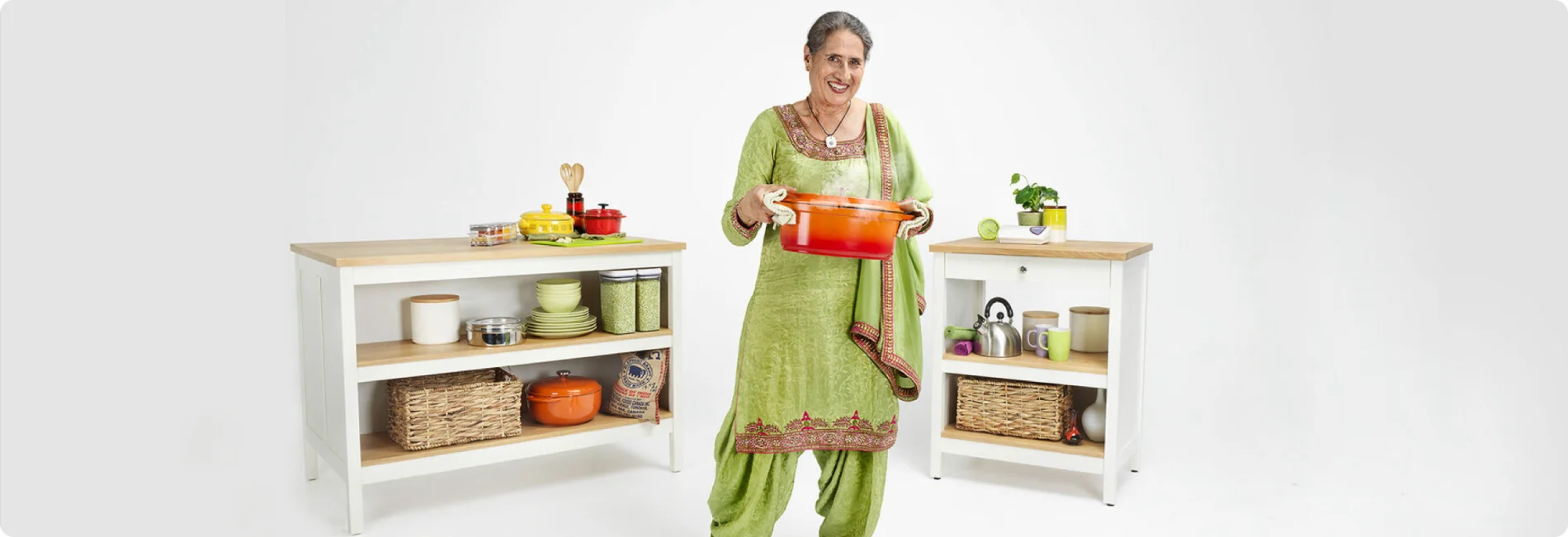Caregiving During COVID-19: Tips to take on a new role in your loved one’s life
COVID-19 · Oct 27, 2020
Already managing the demands of many competing priorities, Canadian caregivers are now navigating the added complexities of COVID-19 while caring for a loved one. These tips can offer them support and peace of mind during these challenging times.
Families in Canada have faced some tough realities when it comes to caring for seniors during COVID-19. Prevention measures including physical distancing, and the drastic impact of the virus on some long-term care facilities, have prevented family members from frequently checking in on loved ones, affecting their ability to immediately address or even prevent health issues.
The disconnect with loved ones which many have grappled with may have lasting impacts on the way aging Canadians live in the future. According to a Leger survey commissioned by the National Institute on Ageing (NIA) and TELUS Health, the majority of Canadians (59%) have changed their opinion on whether or not they would arrange to live in a long-term care facility, retirement community or nursing home due to COVID-19. Alongside that, four in ten Canadians (43%) agreed that if needed, they are prepared both personally and financially to become a caregiver for a family member as they age. Three in ten (28%) have already taken on unpaid caregiving responsibilities for an aging parent or loved one.
For those preparing to provide a new level of care to older loved ones, whether as a result of COVID-19 or not, consider the following tips to help ease in to your new role:
1. Start a care conversation
It’s important to have an open and honest discussion about your concerns, how you feel, and ways you can help support your loved ones’ needs. Find out what their wishes are, including when it comes to legal affairs such as next of kin or Power of Attorney information, and be sure to include your own preferences and needs as well. Remember to write all of this out in a detailed care plan that you and your loved ones, as well as healthcare teams, can reference as needed.
2. Talk to healthcare providers
Make an appointment to better understand your loved ones’ healthcare needs and medical history. It’s useful to know how their condition may progress, ensure emergency contacts are up to date, and prepare to manage day-to-day needs such as their medications, if necessary. Advanced planning for medical needs and emergencies can be an invaluable measure down the road.
3. Prepare others in your network
Keep friends, family, or neighbours up-to-date on your caregiving duties, in case they ever need to step in for you. Create detailed lists of what you do in case anyone needs to take over. Most importantly, have a discussion with your aging loved one about their level of comfort with the possibility of others supporting their care from time to time.
4. Find ways to stay connected
In the survey by the NIA and TELUS Health, nearly half of Canadians (47%) said they have been experiencing a lack of real companionship and regular social connections with other people, especially during the COVID-19 pandemic. Keeping in touch with tools like Zoom and Facetime can help you stay connected and share special moments, while maintaining physical distance measures.
5. Explore wearable technology
Wearable devices like the LivingWell Companion from TELUS Health personal emergency response system (PERS) can provide not only automatic fall detection, but quick access to trained operators ready to dispatch emergency services or alert emergency contacts should your loved one experience an accident or health episode.
Caregiving can be overwhelming and it may be hard to know where to start. Preparing early and getting the support of others in your community can go a long way in bringing you peace of mind.



